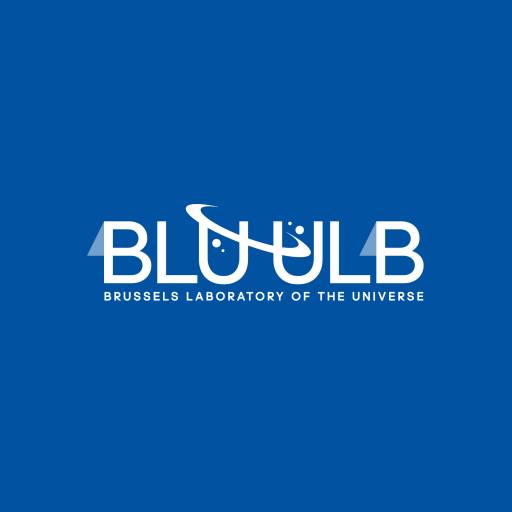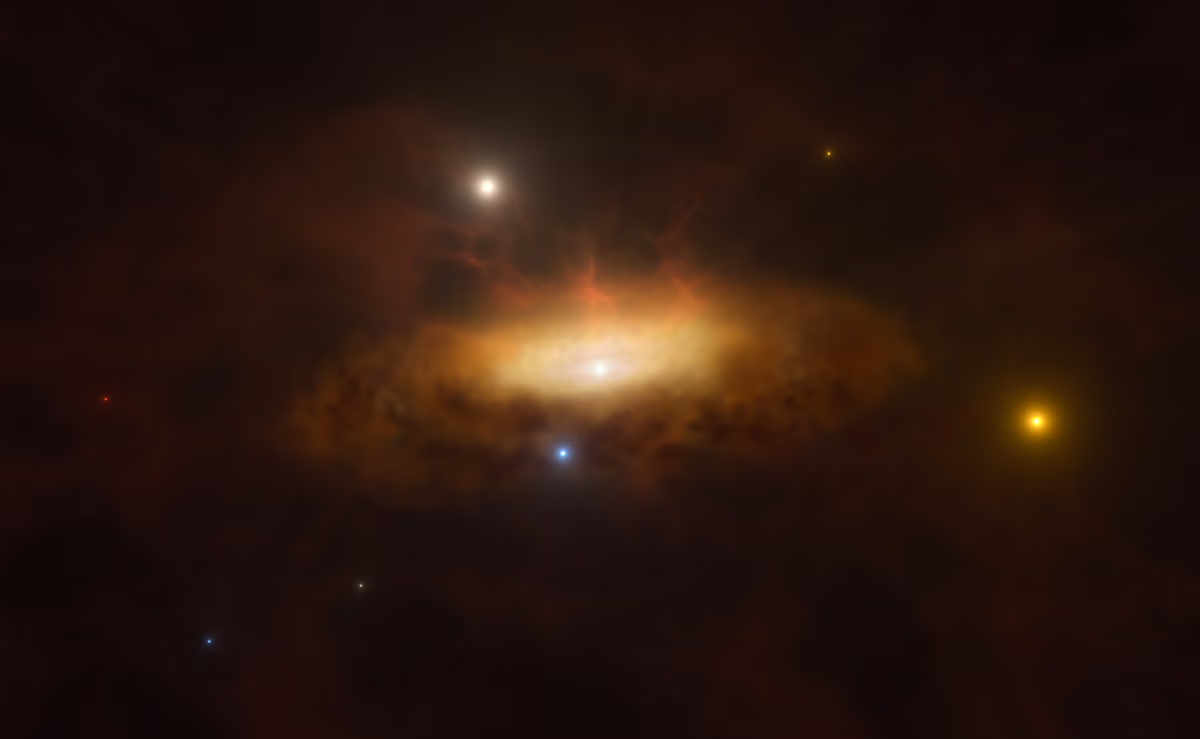European Research Council
Cathy Clerbaux – Advanced Grant 2017 – IASI-FT
Karine Van Doninck – Consolidator Grant 2016- RHEA
Vinciane Debaille – Starting Grant 2013 – IsoSyC
Geoffrey Compère – Starting Grant 2013 – HoloBHC
EOS - The Excellence Of Science
La façon dont les éléments les plus lourds du tableau périodique de Mendeleïev sont construits à partir de leurs éléments constitutifs et se forment dans l’Univers reste intrigante. De plus, la fusion d’étoiles à neutrons, telle que celle observée récemment via les ondes gravitationnelles et électromagnétiques, reste encore très mal connue. Ce projet propose une étude expérimentale et théorique conjointe relative aux éléments les plus lourds pour répondre aux questions de la recherche contemporaine dans les domaines de la physique nucléaire et atomique et de l’astrophysique. Ces questions sont abordées en développant et en utilisant des techniques expérimentales de pointe axées sur la recherche sur les ions radioactifs à ISOLDE-CERN (CH), au GSI-FAIR (D) et au GANIL (F) et par des approches théoriques nouvelles.
Coordonné par la KULeuven, ce projet associe des équipes de la KULeuven, l’ULB (Stéphane Goriely, Nicolas Chamel, Sophie Van Eck, Institut d’astronomie et d’astrophysique, Faculté des Sciences) et de l’UMONS.
EU funding program H2020
Chemical Elements as Tracers of the Evolution of the Cosmos – Infrastructures for Nuclear Astrophysics
Nuclear astrophysics studies the origin of the chemical elements: from the Big Bang, to stellar burning, and to neutron star mergers. ChETEC-INFRA networks the three types of infrastructures that, together, provide the capabilities needed for this quest: astronuclear laboratories supply reaction data, supercomputer facilities perform stellar structure and nucleosynthesis computations, and telescopes and mass spectrometers collect elemental and isotopic abundance data. ChETEC-INFRA is a Starting Community of Research Infrastructures that networks altogether 13 such infrastructures from a variety of European countries.
From 2021-2025, ChETEC-INFRA provides free access to these infrastructures to researchers from any country, with proposals selected based on scientific excellence only. In addition, dedicated work packages improve the usability and accessibility of the three types of infrastructures and network them with each other, with the nuclear astrophysics community, and with other scientific disciplines.
ChETEC-INFRA includes a strong outreach component, with support to both established and new nuclear astrophysics scientific schools, outreach to high school students, to the detector industry, and to other stakeholders. Within ChETEC-INFRA, data are archived and catalogued for long-term sustainability beyond the end of the project, ranging from evaluated nuclear reaction rates to detailed abundance data for a multitude of stars to tracer nucleosynthesis calculations. The 32 ChETEC-INFRA partner institutions in 17 countries aim to serve both the European and international nuclear astrophysics communities and are networked with related efforts in the United States, China, and Japan.
See more on Activities – ChETEC-INFRA
The GADGET project aims at understanding the origin of the most energetic particles in the Universe, the ultra-high-energy cosmic rays.
They reach energies larger than 10²⁰ eV, much higher than those achievable in human-made particle accelerators, and are the messengers of the most violent phenomena in the Universe. Even though significant progress has been made in this reseach using modern Observatories like Pierre Auger, after more than 50 years since their discoveries their sources are still unknown. One of the challenges is posed by the uncertainties in the Galactic and extra-galactic magnetic fields that deflect these particles on their path to the Earth.
With GADGET, we revisit the existing modeling of the Galactic magnetic field building on the most recent data on synchrotron and Faraday rotation measurements in the Universe. The goal is to include the effects of magnetic fields in the interpretation of the composition, energy spectrum and arrival direction data as measured at the Pierre Auger Observatory. In particular, we focus on understanding the observed dipole anisotropic pattern and the correlation between the starburst galaxies and ultra-high-energy cosmic rays. The study will be further developed to understand the science case and the performance of next generation detectors, like the Global Cosmic Rays Observatory.





